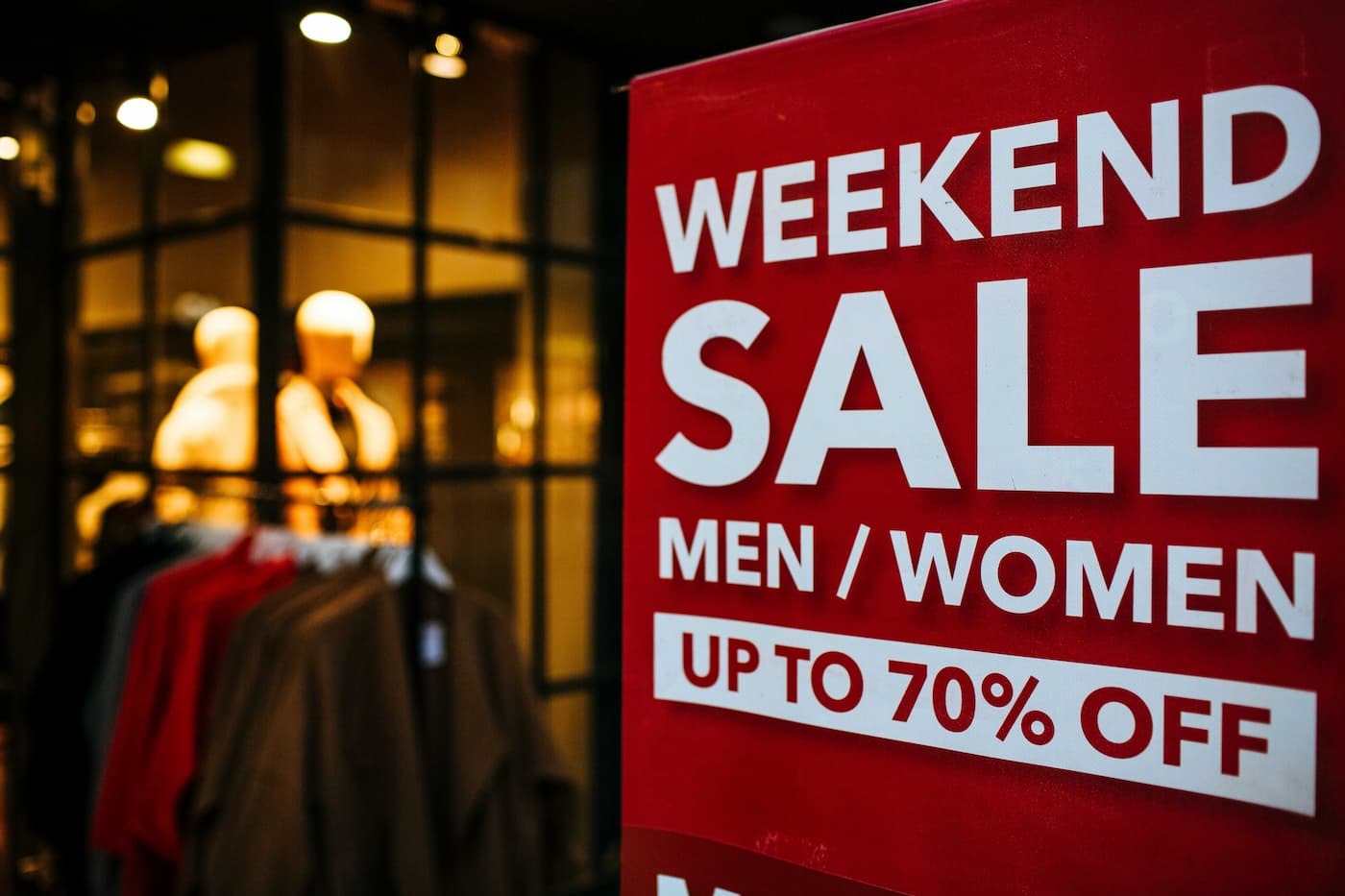Understanding the principles of scarcity and urgency and how they can help drive sales
Editorial Team
5 min read
The principle of scarcity says that people confer a higher value on things that are limited in quantity and availability. That means, customers may be drawn to items that can only be purchased for a limited time or while supplies last than to those that can be bought anytime. Learn how you can use scarcity and urgency to help drive retail sales.
Scarcity marketing can help generate urgency around certain purchasing decisions. There are a variety of strategies you can use to introduce scarcity marketing, depending on the product and the scope of your business. As with any marketing tool, the goal here is to create excitement around a purchase and generate sales. Further, there are best practices you can use to ensure your tactics strengthen your relationship with customers rather than erode customer loyalty and confidence in your business.
What is scarcity marketing?
The scarcity principle says that a product or service increases in value when its availability is limited or perceived to be limited. While several factors actually cause scarcity, like increased demand or low supply, scarcity marketing focuses on using marketing tactics to create urgency in sales. Communicating limited access to a product or service, due to inventory or time constraints, can help drive conversions by encouraging customers to make a purchase now.
Scarcity marketing can be an effective tool for both in-person and online businesses by cuing customers about the availability of a given product or service at a given price. And, having a direct line of communication with customers, whether in-person or digitally via email or text, for instance, is crucial to spreading the word.
5 scarcity marketing strategies
Here are five scarcity marketing strategies to try, as well pitfalls to avoid.
1. “While supplies last” or limited-time offers
Creating a window of opportunity, whether based on inventory availability or offer duration, can generate a sense of urgency around making a purchase before it’s too late. Limited-time offers can take several forms, including the number of items available, purchase discounts, or free gift or shipping offers.
The type of offer that makes sense for your business depends on the types of products or services your business provides, available inventory, and campaign timing. Certain incentives are more effective for particular products. This study published in the Journal of Retailing, for example, found that supply-based scarcity has a significant impact on the purchase of experiences, while time-based scarcity has the greatest impact on high-involvement purchases or big-ticket items.
2. Flash sales
Flash sales are usually announced at the last minute and run for a short time, creating a burst of excitement around a surprise promotion. Flash sales are a great opportunity to reward loyal customers with an early notification or access to a sale. Flash sales can also help move surplus inventory and generate an influx of cash.
What’s more, successful flash sales can become their own marketing draw, keeping customers on the lookout for the next one.
3. Product drops
If your business regularly offers new products that spark customer demand, consider taking a cue from the sneaker industry and launching product drops–that is, releasing a new product, often suddenly, in reduced quantities or at reduced prices. As a marketing technique, the product drop allows your business to generate attention around new offerings and convert the customer excitement and interest into sales. Product drops work best with limited supply items that are in line with what your existing customers value.
4. Limited stock
Like seeing an almost-empty shelf in a store, sensing that demand is high and stock is limited creates urgency in customers. Online, communicating limited supply can be done in several ways, including adding “going fast” or quantity indicators with a product description or near the quantity field in a shopping cart, for example. A limited-stock message can also be placed elsewhere on your eCommerce website with copy that indicates limited stock on seasonal or low-supply items.
5. Urgency indicators
You can also build urgency marketing into your sales funnel in other ways. Your eCommerce checkout page could include a timer, for instance, that indicates a purchase must be made within a given timeframe or the given product left will be released back into the inventory for other interested customers to purchase. A follow-up notification, like an email or text message, could also nudge shoppers who’ve left items in their carts to move forward with the purchase or risk losing out on that product.
How to use scarcity marketing responsibly
It’s important to note that scarcity marketing is only effective if there’s a plausible reason behind it. Seasonal sales, for example, or products truly in limited supply are great examples of genuine urgency. So, before you launch a scarcity marketing campaign, it’s important to ask yourself why you’re selling a product for a limited time or in limited supply–and make sure the logic is sound.
Beware of overusing scarcity tactics, as customers can grow weary or incredulous of constant messaging meant to generate urgency. Worse, overused or misused scarcity marketing tactics could lead to customer attrition. Remember that sales and promotions tend to work best as enticements, rather than as a baseline marketing strategy.
To learn how Clover POS systems can help you improve marketing strategies for your retail business, connect with an expert today.
Related Posts
Clover’s new Inventory can help your business run smoother
Harnessing & measuring word-of-mouth marketing
Popular Topics
Stay In Touch
Sign up and learn more about Clover.
Thank you for your subscription!
Recent Stories
- Jewelry store supplies and equipment needed for opening day
- How small businesses can use employee discounts to retain staff
- Tips and tricks for opening an outdoor pop-up restaurant
Please share your contact information
to access our premium content.
Thank you for sharing your contact information.
Download Now





